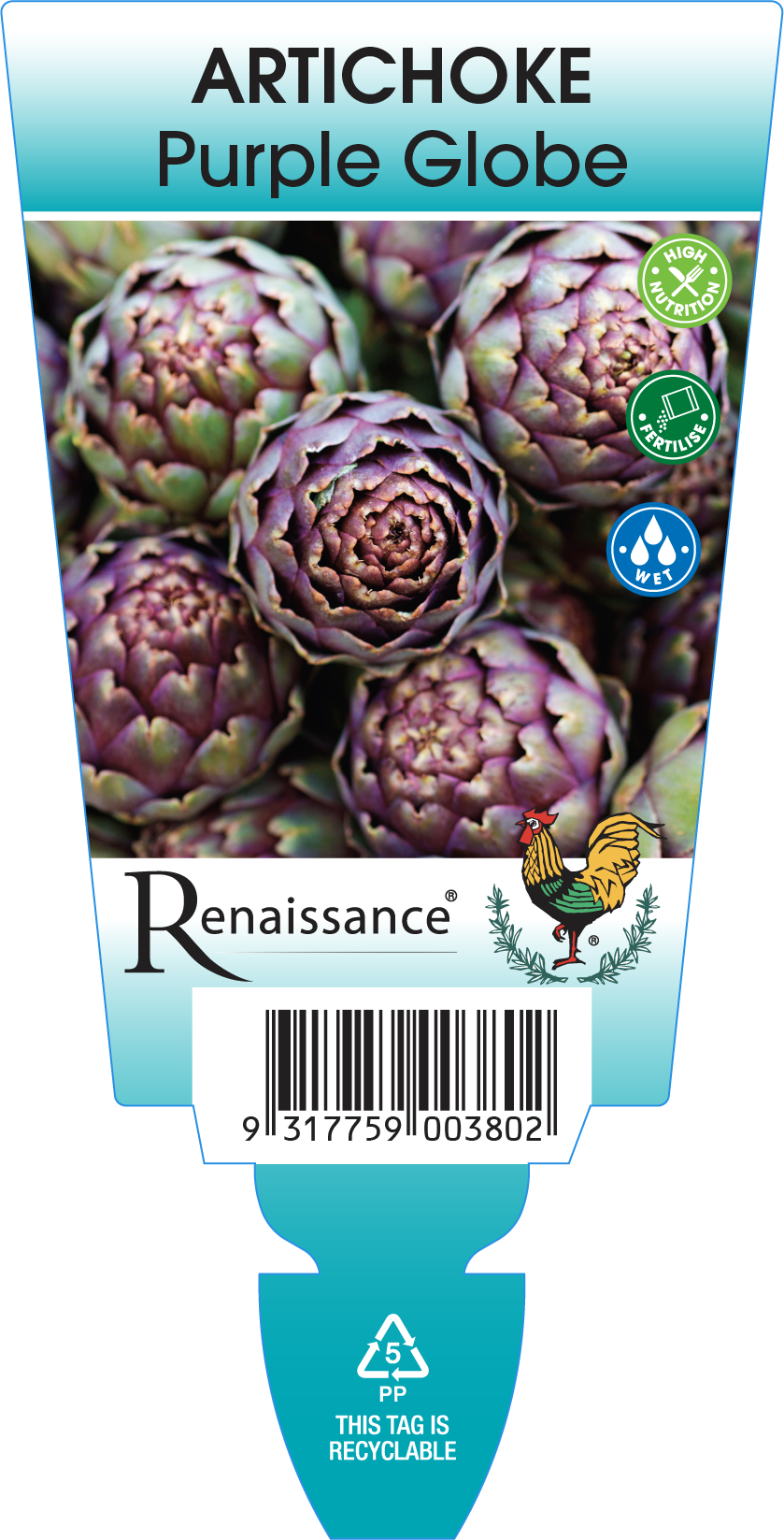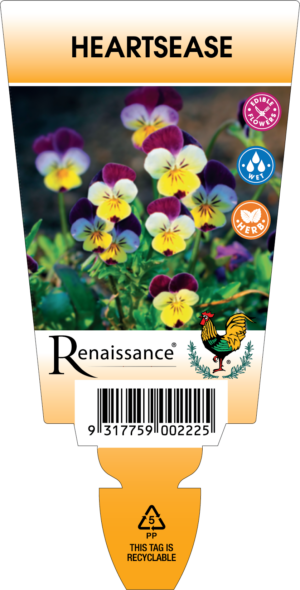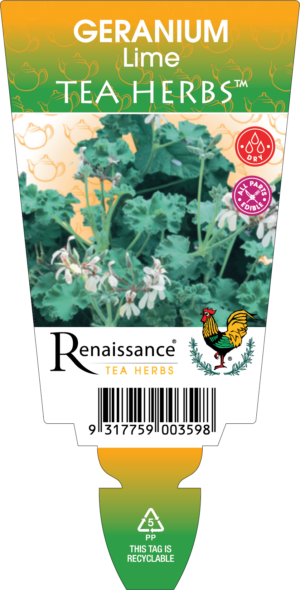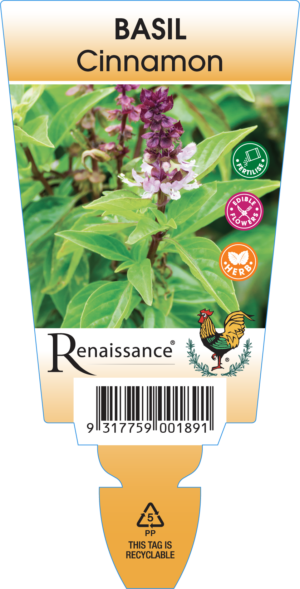Description
(Cynara scolymus)
Artichoke purple plants look wonderful among flowering plants, so don’t consign them to the bottom of the garden. The heads are deep purple and there is more heart than with the green variety. The artichoke at the top of the plant can be enormous, those lower down are much smaller. Once the main head is cut the smaller ones will continue to grow, but will never be as large as the central head.
Growing Tips
Suitable for all climates but prefers frost free winters. Keep soil moist and well drained to avoid crown rot. Water stress can cause buds to drop. Mulch to control weeds, keeping it away from the main stem. Leave a month between plantings. You should only need 2 or 3 plants, as they have a high yield. Planting is recommended in raised beds to improve drainage. Plant 1m apart to allow for spreading growth. Possible pests include aphids, caterpillars and leaf miners. Use a garlic spray (see recipe section) and plant Calendula to distract natural enemies. Once the petals begin to open, the artichoke is past its prime and is preparing to flower. A fresh raw artichoke squeaks when pressed.
After harvest, cut back the main stem to ground level, as new plants will have shot from the base. Leave to grow or, if space is a problem, separate and replant.
Use
Uncooked artichoke hearts are delicious when really young and fresh. Trim and halve, then remove any fibrous, hairy matter, known as the ‘choke’ with a sharp teaspoon and slice the heart thinly and serve with olive oil and either some shaved fennel, parmesan, or raw ham and salt and pepper to taste. Have a spoonful of olive oil in the salad bowl ready before you start slicing them and turn the slices in the oil instantly. The oil will delay the discolouration just as lemon does. Cooked artichokes are also excellent tossed with hot potatoes, while the cooked artichoke hearts, scooped of their chokes, make edible containers for Aioli, the garlic mayonnaise used for dipping the leaves into. Trimmed hearts can be sliced and sautéed to add to pasta sauces or risotto, or tossed with other vegetables. Or the hearts might be dipped in beaten egg and breadcrumbs, or breadcrumbs mixed with parmesan and fried to enjoy as a starter. Artichokes contain cynarin, a chemical that sweetens whatever you eat next.
Herb Attributes
| Harvest | 10-15 weeks after planting. |
|---|---|
| Position | Full sun. |
| Lifespan | Perennial. After 3-4 years the plant will need to be dug up and divided. |





